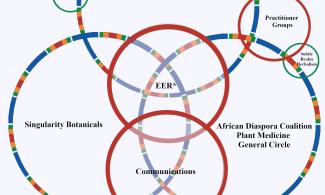
The networks, organizations, and movements that we generate reflect the quality of our own consciousness in the moment. What does the global state of human consciousness tell us then about the movements that we're capable of building?
If you find the answer to that question frightening, you're invited to explore a radically unorthodox approach to movement-building.
Welcome to the work of the Community Supported Enlightenment (CSE) network. The CSE network, like so many change agent groups over time, has discovered the secret sauce recipe. The answer has been hidden in plain sight for eons. However, the path to sustained application of that precious movement-building formula isn't only counterintuitive, but flies in the face of all we’ve been taught is real and possible. We've therefore selected sociocracy, a counterintuitive set of network design principles, to facilitate depth of impact, and especially movement sustainability.
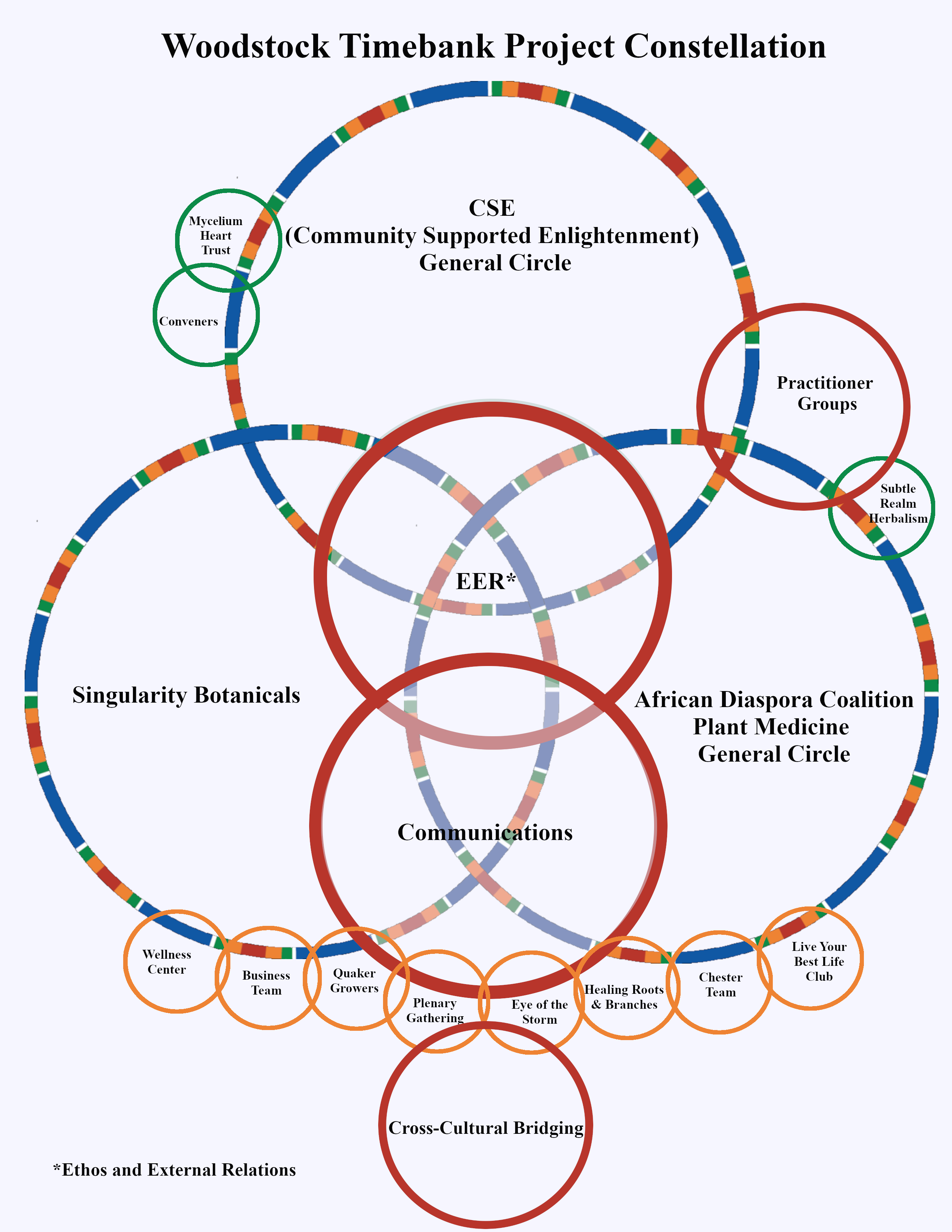
The CSE is on a quest to innovate, implement, sustain, and share a game-changing movement-building elixir as we face a pivotal inflection point in human history.
Familiar movement-building strategies that move the needle for relatively short periods of time abound. As if trapped in a maze, they're intent on problem solving at the same level and with the same type of thinking that originally generated the problem.
The Secret Sauce
The value-added aim of the CSE network experiment is to build, scale, and share exponentially impactful social movement-building processes by working outside of linear, analytical thinking. That is, after fully examining a challenge, the task is to:
- Align individually and organizationally with nature’s self-organizing, regenerative fractal patterns. In other words, practice biomimicry; the imitation of the systems and elements found in nature to solve human problems and human design challenges.
- Skillfully expand, navigate, and mine our own, vast interior landscapes,
- Methodically glean wisdom from, and collaborate with non-physical, “subtle realms.”
- Strategically apply the expanded insights accrued to the challenge at hand.
Sociocracy creates a spacious container for this non-conventional work.
Movement Design Principles that Embrace Uncertainty
We all make meaning and find purpose by using whatever tools and information are available. Humanity is on an ecologically self-sabotaging course because the meaning we’ve made of the world is distorted by the illusion of disconnection. The choices we’ve made are a function of the lenses of separation through which we’ve been trained to see for generations.
Western society in particular, is built on the flawed cognitive foundation of duality. We’re educated to focus on analysis of atomized parts to the exclusion of their interdependence with all other parts and the background of the larger system. This is the worldview in which hierarchical dominance, competition, hyper-individualism, compartmentalization, and lack of communication prevails in organizations, and isolates individuals.
Sociocracy, the antitheses, is a set of design principles for distributing authority.
Successful navigation of the uncharted climate change and sociopolitical territory before us requires that we embrace uncertainty. We'll need to unlearn much of what we think we already know about our world, and embody an understanding of non-dual reality.
Come to the edge, he said.
They said, We are afraid.
Come to the edge, he said.
He pushed them… and they flew.─Christopher Logue
As a species, humanity stands at the proverbial "evolve or die" precipice. We do have the capacity to leave the familiar nest of predict-and-control, top-down and centralized organizational structures—and fly. Among a new generation of governance processes, sociocracy, or governance by the socios: i.e., those who associate together, creates safe space for innovative self-expression, emergence of the unexpected, and universally equivalent agency.
Networks and movements that intend to be impactful vehicles for social change during these kaleidoscopic times need to “unlearn” linear, disconnected, and static approaches to governance. They'll need to commit to ongoing transformation in sync with incessant societal shifts. Therefore, we—and the networks that serve our aims —are poised by existential necessity to deliberately take the next evolutionary step in consciousness.
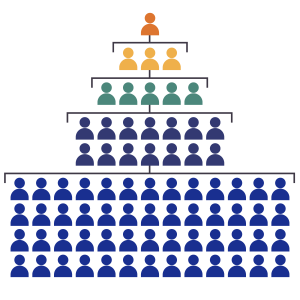
Conventional hierarchical organizational structures are not designed to deal with our current complex, multifaceted, existential challenges. The top-down structure is an inherited carry-over from a simpler, more static industrial-age environment.
Organizations now are pointlessly scrambling to adapt their rigid hierarchical structures to rapidly shifting circumstances and unpredictable disruptions. Out of step with the speed of incessant change in today’s world, they lurch from crisis to crisis. We're witnessing, firsthand, the crumbling of old organizing principles that no longer meet society’s needs.
Organizations that strategically plan in static frameworks in these increasingly uncertain times perpetuate lumbering structures that are maladapted to emergent, dynamic, creative tensions. They avoid or suppress conflict that inevitably emerges and ignore most feedback-dissonance that contradicts “the established plan” in which they feel invested. Such organizations are then compelled to disruptively reorganize when it’s realized that the prevailing lines of force can change in a nanosecond.
The Rise of Implicit Governance
When hierarchically-controlled organizations “message” pseudo-egalitarianism and go through the motions of collaboration without explicit feedback and accountability mechanisms in place, an implicit power structure emerges.
Culturally “understood” social norms that protect centered power behind the scenes develop. An implicit system centers power in one person or a small set of persons. Although “invisible,” the implicit power brokerage is keenly felt, highly political, and resists change.
Organizations that are up to 21st-century challenges mimic complex, adaptive living systems and decentralize authority. Their interconnected constituent elements self-organize and change relationships among themselves fluidly in order to easily adapt to environmental changes. Participants don’t execute decisions made by superiors in a hierarchical chain of command. They tap into their own creativity, adapt, and make adjustments that further the organization’s purpose.
Sociocracy
Sociocracy distributes policymaking throughout all levels of the organization and establishes equivalence among its members within their domain of responsibility. It maximizes:
- Equivalence through egalitarian distribution of authority and the universal power to influence.
- Transparency through flow of information and collective values.
- Efficacy through continuous evolution and adaptation to changing contexts.
- Productivity by making tensions explicit and establishing processes that use them as fuel for innovation and evolutionary change.
- Commitment and buy-in by affirming and applying the collective genius that proceeds from a confluence of varied vantage points.
- Harmony through respectful, dispassionate-compassionate unity.
Nonhierarchical egalitarianism that mirrors the interconnectedness of nature organically guides organizations toward maximizing their potential.
Sociocracy anticipates and accommodates complex, multilayered, and interconnected 21st-century challenges and ever-emerging, ever-shortening timeframes. The governance process increases capacity to effectively handle accelerated uncertainty.
Organizations that successfully implement sociocracy become adaptive organisms that foster innovation. Tensions that emerge are viewed as valued, important sensors of the human consciousness which are harnessed for creative change and evolution. Channels are established to process insights as they emerge.
Sociocracy distributes authority among all constituents through explicit organizational agreements which nurture and cultivate the whole. Authority shifts from domineering “veteran heavy-hitters,” personality-cults, or “resourced” leadership to egalitarian organizational processes. The circle configuration and speaking in rounds without cross-talk ensures and safeguards everyone’s agency.

Decision-making Principles
Decision-making principles revolve around:
- Consent: policy decisions are made with the consent of those who are most directly affected. Consent is defined as “no objections,” “good enough for now,” and “safe enough to try,” which creates space for change. Policies facilitate day-to-day tasks and resolve issues to achieve organizational aims.
- Circles: policy decisions are delegated to circles composed of members who function as equals and elect their own officers: a convener, a facilitator, a delegate (an elected representative), and a recording secretary. Day-to-day operational decisions are made by the convener and/or facilitator adhering to the policies established by the circle and the larger organization.
- Double Linking: delegates participate in other issue-related circles. Circles are arranged according to the scope of their decision-making. The General Circle for example, is composed of linked delegates from circles dealing with more specific aims and issues. Double links create overlapping participation in decision-making by members of various circles. This establishes communications and feedback loops.
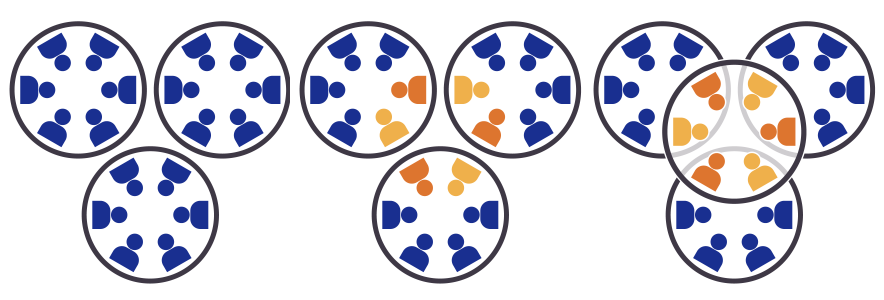
Practices
Following are common sociocratic practices:
- Nominations and elections are conducted exclusively by consent after discussion (not a majority-vote election). All circle members participate in assigning roles and responsibilities.
- Rounds invite each person to speak in turn and are used to maintain equivalence in a meeting. They balance the discussion giving each person the opportunity to speak and to ensure that everyone participates in decisions.
- Evaluations are conducted as each policy decision is reviewed periodically. Evaluations include feedback on member work and emergent role needs.
- Transparency is essential when all members are expected to exercise agency in their own development and that of their circle. Information must flow continually and be readily available for effective and informed decision-making.
What Is Possible?
We can start by fully accepting that antiquated systems no longer serve us in these tumultuous times. Sociocracy offers an exciting opportunity to shed outworn worldviews. Its dynamic opens organizational governance up to innovation and adaptation to accelerated change in service to social transformation.
We can resist the temptation to look at and work on, local, national, and global problems in isolation. We can withstand the siren song of the old paradigm, calling us to reflexively try and find “the right part to fix.” We can cease trying to strategically tinker with our organizations or reshuffle their elements expecting a result beyond mediocrity. We can accept that it is a comprehensive, holistic transformation that: 1) creates space for evolution 2) will lead to efficacy and, 3) can sustain impactful movement relevance.
Culture-building that accompanies an organization’s adoption of sociocracy expects participants to enthusiastically do the introspective work that shifts their worldview toward serving the aims of the whole.
Preconditions for Constructive Work With Objections:
Group members…
- Trust each other and the sociocratic process,
- Share a common aim,
- Are willing to listen deeply, work through, and learn from the objection,
- Agree to unanimously abide by the decision(s) to which all have consented.
By embracing sociocracy we willingly step into increased autonomy, personal responsibility, and opportunities to grow. We contribute to authentically collaborative workspaces and community relationships.
Sociocracy provides a pathway for those whose organizations and networks are ready to stand in the epicenter of social transformation, and offers an evolutionary response to society’s multitiered, existential challenges.
Citations
Pamela Boyce Simms (2023). Design Principles for Radically Unorthodox Movement-building. Grassroots Economic Organizing (GEO). https://geo.coop/articles/design-principles-radically-unorthodox-movement-building


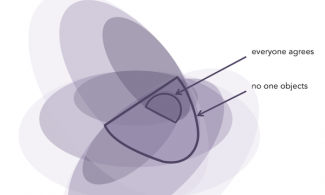
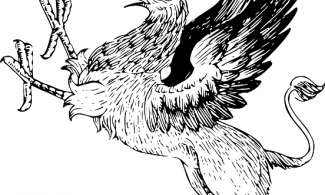

Add new comment